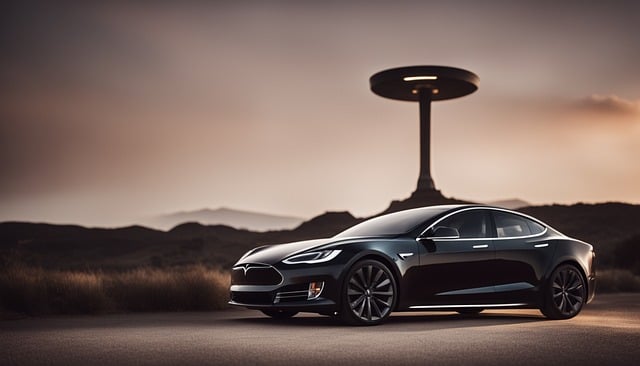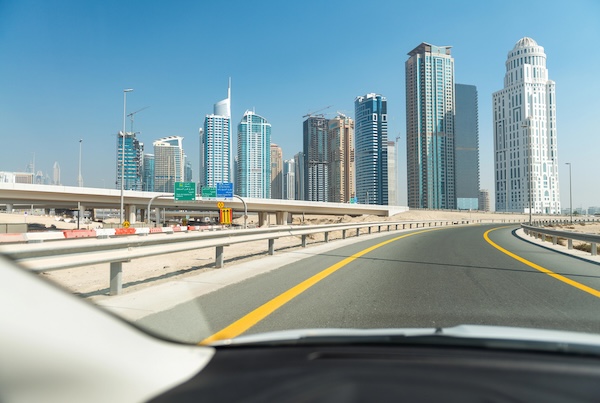Branded Content by Cosmic Press
Image source: Pixabay
Self-driving vehicles have evolved from sci-fi dreams into a technology rapidly integrating into today’s roads. Major players in the automotive industry are steering us toward a driverless future, one algorithm at a time.
While critics point to unresolved challenges, questioning if our trust in these autonomous systems is premature, proponents counter with data showcasing machine precision that outstrips human reflexes.
The guide delves into the debate and can help answer some of the most pressing questions, so keep reading to learn more.
The Technology Behind Self-Driving Cars
The bedrock of self-driving vehicles is an intricate web of sensors, software, and artificial intelligence. These cars perceive their surroundings through an array of cameras, radar, and lidar sensors that feed real-time data into their neural networks.
Sophisticated algorithms then parse this information to navigate roads, avoid obstacles, and make split-second decisions. It’s a perpetual cycle of input and output: sensory data in, calculated maneuvers out, driving us closer to a future where human intervention becomes the backup plan rather than the primary mode of operation.
A Leap in Safety or a Cause for Concern?
Advocates for autonomous driving often highlight statistical safety gains over conventional methods. The numbers tell a compelling story: autonomous vehicles have the potential to reduce accidents caused by human error, which account for approximately 94% of crashes, according to the National Highway Traffic Safety Administration.
However, the evolution of technology has not been without setbacks. Incidents involving self-driving cars grab headlines and raise eyebrows about whether AI can handle the unpredictability of real-world driving. But, each incident also informs technological breakthroughs, of which there is time since fully autonomous cars do not yet have a green light on American roads.
Psychological Roadblocks: Consumer Trust in Automation
Consumer trust is the invisible fuel for the self-driving revolution. Yet, as per a AAA survey, less than 20% of American drivers are comfortable with the idea of riding in fully autonomous vehicles.
The tension between technological capability and public sentiment is palpable and understandably so since the technology is relatively new and most drivers have been accustomed to being in control.
Overtrust in automation has had dire consequences, evidenced by incidents where undue reliance on autopilot features resulted in preventable accidents. These moments underscore a need for a balanced approach to tech adoption, where trust is built incrementally through transparency and proven reliability rather than assumed.
Who’s to Blame In a Self-Driving Car Crashes
The legal landscape is navigating uncharted territory as self-driving cars join the traffic flow. Determining liability following a collision previously hinged on driver error, but the responsibility matrix gets more complex in a self-driving car accident because you have AI at the wheel.
Fault could ricochet between software developers, vehicle manufacturers, or even users depending on the circumstances and local laws.
There are also situations where the government such as the state can be at fault for example if the accident is a result of poor road maintenance.
This ambiguity has legislators and insurance companies scrambling to draft policies fit for a new era of automation. Also, having a lawyer when navigating your claim becomes much more important for help navigating through the intricacies of the emerging changes.
The Ethical Dilemmas of Algorithmic Decision Making
At the heart of self-driving technology is a complex web of ethical considerations. Critical life-and-death decisions, once reliant on human judgment, are transitioning to algorithmic determinations meant to act in the fractions of time when danger looms.
Consider the dilemma where a vehicle must choose between the safety of its occupants or that of pedestrians during an unavoidable accident.
Cultural nuances further complicate this, as varying global perspectives may influence the moral frameworks embedded within these intelligent machines.
Navigating Through Red Tape: Regulation and Compliance
The regulatory framework for autonomous vehicles is as dynamic as the technology itself, with a patchwork of guidelines that vary significantly from one jurisdiction to another.
In the United States, the National Highway Traffic Safety Administration provides federal guidance, while each state may impose its own set of rules around testing and deployment.
As the legislature attempts to keep pace with innovation, industry stakeholders find themselves in constant dialogue with policymakers, advocating for standards that ensure safety without stifling progress.
The thrust for a universal regulatory playbook is clear – although achieving it remains a formidable task amid burgeoning tech advancements and diverse regional approaches to public roadway safety.
In Conclusion…
As we accelerate toward an era where self-driving cars are the norm, the journey is peppered with both promise and precaution. The technology’s potential to reduce accidents and revolutionize transportation is as monumental as the challenges it must overcome – be they ethical, legal, or societal.
The road ahead is not just paved with advanced algorithms and sensors but also lined with regulatory signposts that will shape the future landscape of travel.
At this juncture, one thing is clear: The wheels are in motion for a transformative shift in how we move through the world, one driven by innovation and guided by careful consideration.
Branded content furnished by our promotional partners. The Daily Sundial editorial staff is not involved in its production. Content does not reflect the views or opinions of the editorial staff.








